Fenomec Mini Workshop on

Instituto de
Ciencias Nucleares
Ciencias Nucleares
MAGNETIC
FIELDS
and
NEUTRON STAR SURFACE
and
NEUTRON STAR SURFACE

Cocoyoc, Mexico, February 12-14, 2007
Fenomec Mini Workshop on |
||
 Instituto de
Ciencias Nucleares |
MAGNETIC
FIELDS
and NEUTRON STAR SURFACE |
 |
Cocoyoc, Mexico, February 12-14, 2007 |
| Talk
title: |
Expertise related
to the workshop: |
||
| A.
Alijah |
Universidade de
Coimbra
(Portugal) |
H3+ : a
key
molecular ion in the universe and a challeng for
theorists on
earth. |
H3+
is a key molecular ion in the universe. Its detection in
hydrogen-rich
planets such as Jupiter (1989) and in interstellar space
(1996) relied on
data obtained by laboratory
spectroscopy and, ultimately, ab initio calculations. H3+
in excited
electronic states, for which only theoretical data exist so far,
may be
present in magnetized hydrogen plasmas. My expertise
includes
electronic structure calculations,modelling of potential energy
surfaces and
theoretical spectroscopy, in particular of H3+. |
| D. Baye |
Universite
Libre de
Brusselles (Belgium) |
Hydrogen
molecular
ion in a strong magnetic field by the Lagrange-mesh
method. |
Two
and three-body atomic and molecular systems in strong
magnetic fields: highly accurate numerical calculations, center-of-mass corrections. |
| M. I. Eides |
University of
Kentucky (USA) |
Recent
progress in
high precision QED of light hydrogenlike atoms |
(Quantum
Electrodynamics.) |
| N. Guevara | Universidad Nacional Autonoma de Mexico (Mexico) | Hydrogen
molecule
in a weak magnetic field |
Molecules
in magnetic field. Quantum chemistry. |
| F. Haberl |
Max-Plank Institut fur extraterrestrische Physik (Garching, Germany) | The
Magnificent
Seven: Nearby Cooling Neutron Stars with 1013
Gauss Magnetic
Fields. |
(X-ray
observations of cooling neutron stars.) |
| D. E.
Khmelnitskii |
University of
Cambridge (England) |
The Hydrogen Atom in Crossed
Electric and
Magnetic Fields |
(Solid
State Physics.) |
| J. C.
Lopez-Vieyra |
Universidad Nacional Autonoma de Mexico (Mexico) | One-electron
Coulomb
Systems in Strong Magnetic Fields: Classification. |
Study
of one (and two) electron atoms and molecules in
presence of a strong magnetic field, up to ~4x1013
G:
traditional systems as well as exotic molecular
systems not
existing without a magnetic field, and the possible
relevance for the
chemical composition of the atmosphere of neutron stars. |
| A. A. Migdal |
[formerly Princeton
University
(USA)] |
Mass Spectrum in
Large N CFT -- 30 years later. |
|
| D. Page |
Universidad Nacional Autonoma de Mexico (Mexico) | Neutron
Stars: Interiors
- Surface(s) |
Physics
and astrophysics of
neutron stars (theory): thermal evolution, structure and evolution of the magnetic field. |
| G. G. Pavlov |
Pennsylvania
State
University
(USA) |
He in
Neutron Star Atmospheres |
(Magnetized
plasmas and neutron star atmospheres. X-ray observation of
neutron
stars) |
| M. Ruderman |
Columbia
University
(USA) |
Inferring neutron
star surface magnetic fields and compositions from
observations of
thermal x-rays. |
(Physics
and astrophysics of neutron stars.) |
| B. Shklovskii | University of
Minnesota (USA) |
Entropy
driven
insulator-metal transition in ion channels and
nanopores. |
1)
Hydrogen like impurities in semiconductors in strong
magnetic fields. 2) Beyond mean field theory of screening of macroions by multivalent ions in water solutions leading to charge inversion in chemistry and biology. (this classical phenomenon is similar to the origin of stable anomalous ions in strong magnetic field) |
| A. Turbiner |
Universidad Nacional Autonoma de Mexico (Mexico) | Molecular
systems
in a strong magnetic field |
Atoms
and molecules in magnetic field, Schroedinger equation,
non-perturbative and algebraic methods. |
| R. Turolla |
Universita
degli Studi di
Padova (Italy) |
X-ray
spectra from
magnetar candidates: a twist in the field. |
Spectral
properties of isolated neutron stars. Radiative transfer
in magnetized
media: NS atmospheres, X-ray emission from magnetars. |
| S. Zane |
University
College
of London
(England) |
Neutron
Star
Crustal Emission: a basic, unanswered question. |
Numerical
solution of radiative transfer problems under fully
relativistic or
strongly magnetized conditions. Neutron star and pulsar physics, spectral and timing properties of isolated pulsars and magnetars. |
| Students: |
|||
| C. G. Bernal |
Universidad Nacional Autonoma de Mexico (Mexico) | ||
| J. Henderson | Universidad Nacional Autonoma de Mexico (Mexico) | ||
| M. Mayen |
Universidad Nacional Autonoma de Mexico (Mexico) | ||
| H. Medel |
Universidad Nacional Autonoma de Mexico (Mexico) | ||
| H. O. Pilon | Universidad Nacional Autonoma de Mexico (Mexico) |
| The workshop will
be
held at the Hotel
Hacienda
Cocoyoc [Laptops (Mac and Windows) as well as projectors (including transparencies) will be available] Collective return to Mexico City on Wednesday Feb. 14 will be organized. A guided visit to Teotihuacan will organized on Thursday Feb. 15 Staying in Mexico City: we recommend the Hotel Catedral (very good, excellent location, and cheap) |
Going
to Cocoyoc PDF version of "Going to Cocoyoc" for printing" |
| Sponsored by: | with complementary financial
support from: |
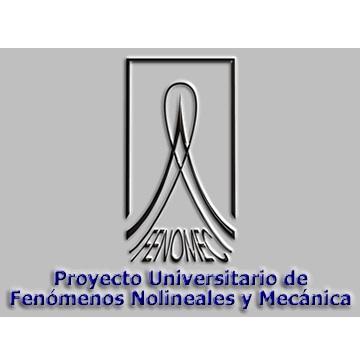 |
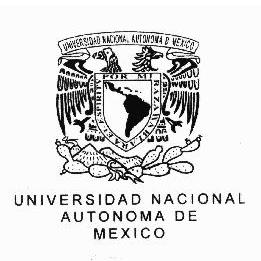 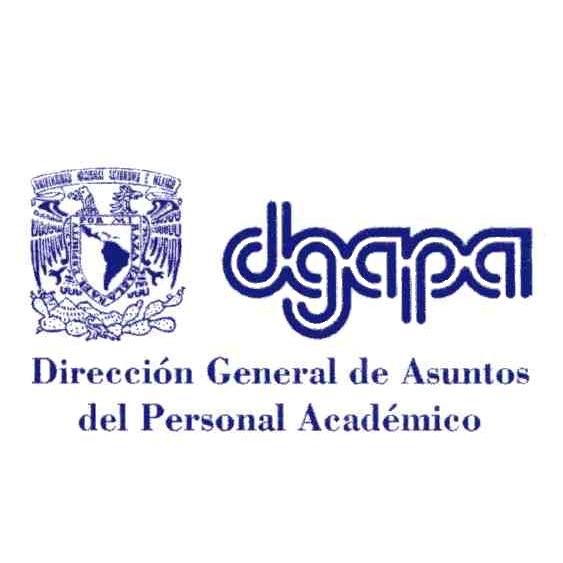 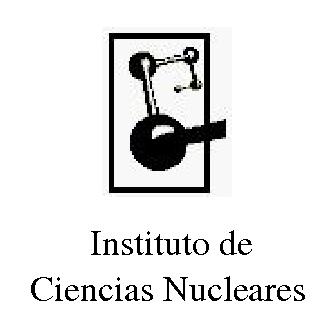 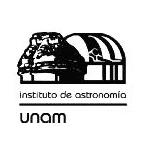 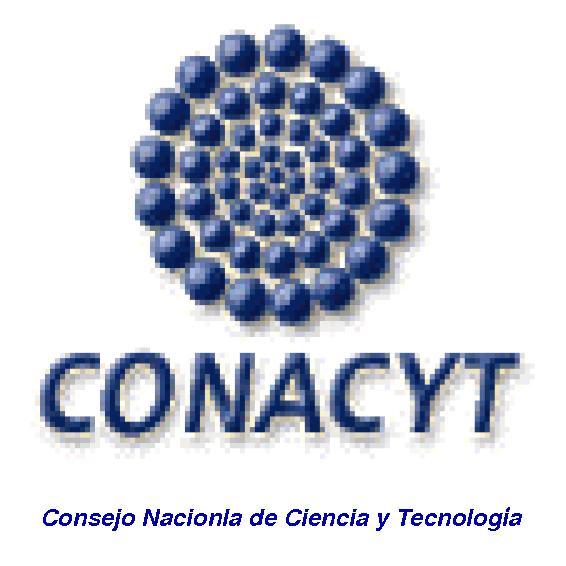 |
| Alexander Turbiner |
Instituto de Ciencias
Nucleares
(UNAM) |
turbiner@nucleares.unam.mx |
| Dany
Page |
Instituto de
Astronomia
(UNAM) |
page@astro.unam.mx |